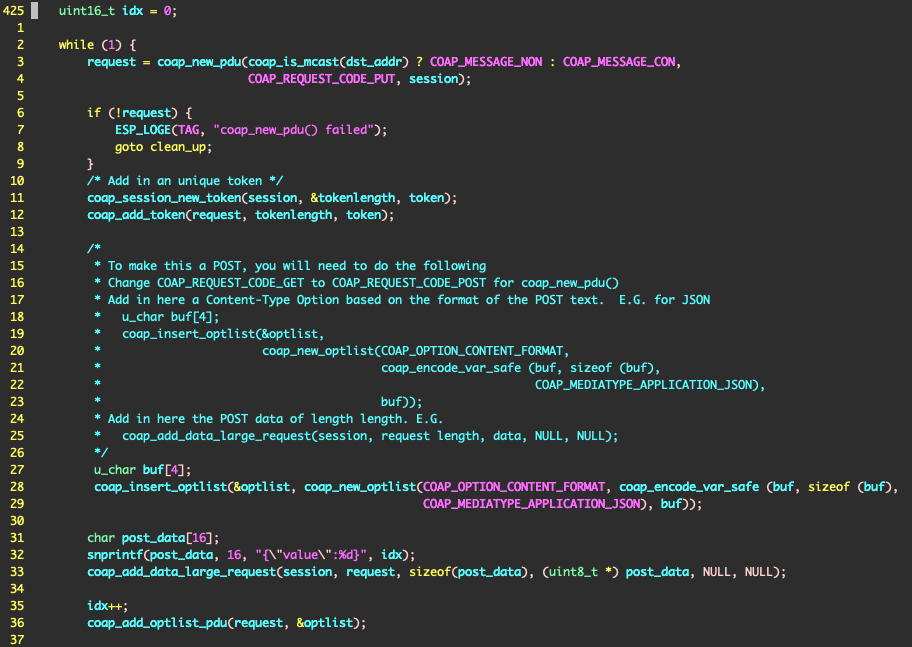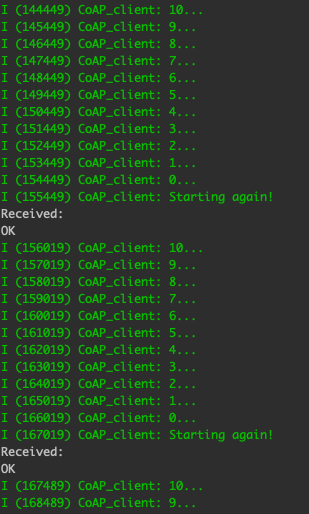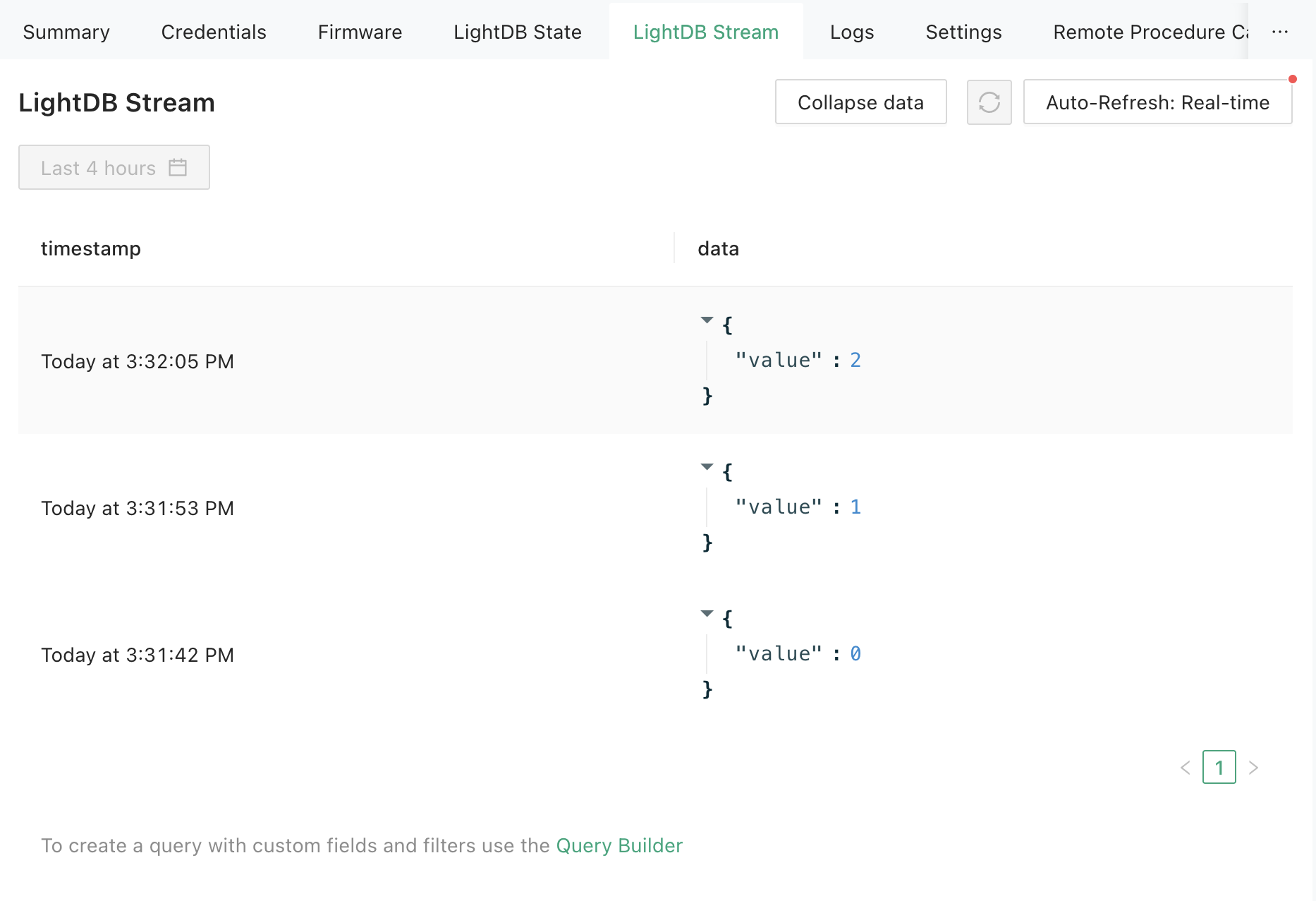We always recommend connecting ESP32 devices to the Golioth Cloud with the Golioth Firmware SDK. We believe that is the lowest friction way of connecting a device to the internet. But sometimes I want to get under the hood and tinker, and I thought you might like to see how that works as well. We sometimes run into platforms that aren’t yet supported in Golioth, or have other requirements that means they would need to communicate directly to our CoAP endpoints. So in this post, I will demonstrate how to send data to Golioth’s LightDB Stream and LightDB State using only the ESP-IDF, not the Golioth Firmware SDK.
We previously had shown how to connect to Golioth’s hello CoAP endpoint using an ESP32, which sends back a hello message every time the device connects to it. This post will build on that progress, so if you’d like to follow along, check out the setup that Miguel detailed in that post.
Sending Data to LightDB State
LightDB State is Golioth’s state-based database service, used for tracking an application’s resource state. In the last post, the CoAP endpoint was: `coaps://coap.golioth.net/hello` In order to send set or get resource state, we need to change the CoAP endpoint from coaps://coap.golioth.io/hello to coaps://coap.golioth.io/.d/{path=**}, where path can be any valid URI sub path.
Now let’s change the example code according to the comments on line 431 in the coap_client_example_main.c.

Variable idx will increment every time the while loop is executed (every 10 seconds), and the change to the value of idx will be visible in the Golioth Console.

Observe the server’s OK response in the terminal:

Sending Data to LightDB Stream
LightDB Stream is Golioth’s persistent time-series database service, which records data that can be extracted using our Cloud REST API or Output Streams.
In this minimum configuration, to send data to LightDB Stream, we only need to change the CoAP endpoint to: coaps://coap.golioth.io/.s/{path=**}, where path can be any valid URI sub path.

Notice how with the LightDB Stream there is a history for variable value, with the addition of a timestamp added by our server when it receives the data. Try to change the example and add a timestamp to the payload.
Conclusion
While the Golioth Firmware SDK turns data transmission into a single-line API call from ESP-IDF, this post shows how accessible it can be to publish data directly to a CoAP endpoint using some of the built in tooling.
Now it’s your turn. Try out Golioth’s examples lightdb and lightdb_stream to see how we abstracted and simplified the connection to the Cloud. You can always peek under the hood to check how we did it.


No comments yet! Start the discussion at forum.golioth.io